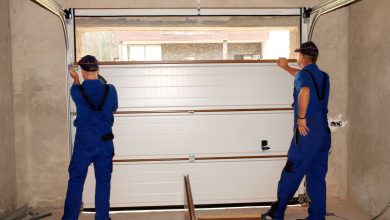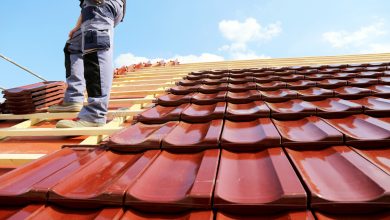Why Are Acoustic Panels Important? How Are They Effective For Home Theatres?

What last touches should you add to your home theatre if you’re all in? In the eyes of some, adding acoustic panels elevates the whole experience. The acoustic art panels may improve the sound quality of any home theatre, even if you don’t plan on using a full-blown home theatre system. However, you don’t have to spend a fortune. There’s no need for a slew of panels to make a difference, and even a few can cover the essentials and support soundscaping and absorption.
Moreover, the displays serve the purpose of absorber and artwork in one. The whole space, including its walls and ceiling, may be covered with exquisite designs. Most individuals only need a few panels to get the work done. New panel designs that project events or any art form make them look good.
Table of Contents
The Importance of Acoustic Panels and Foam
The various kinds of panels, absorbers, and deflectors are in place to ensure that only the direct sound reaches your eardrums. Sound waves bounce off the acoustic panels and are shielded from you by the panels’ ability to reduce or eliminate reverberation. To create your panels, you may purchase acoustic foam in bulk, build a frame around the foam and cover it with a material that matches the space.
What is the best location for acoustic panels?
To prevent sound waves from bouncing off objects and striking you, you need to determine the angles from which they will be emitted.
Placing Acoustic Panels in a Room
Although it may seem complicated, this is a relatively straightforward task. Taking a seat in your living room or theatre, determine the source of your sound. The speaker is the primary source of the sound. Begin at the wall to your left or right, about in the centre of the room, then ask a friend to hold a mirror and go around the room for you. It’s best to position your mirror so that you can see the speaker in it, then move it around until you can see them in the mirror. When sound waves are reflected off a wall, they take the path from the listener’s ear to the speaker.
Because light is also a wave, you can use a mirror to “decode” the reflection of the sound waves into something you can see by utilising the mirror. Using painter’s tape or a nail, tack down this location on the wall, and then repeat the process on the other side. Get a ladder and do the same thing for the ceiling. Place the acoustic panels at these spots after identifying them.
While both diffusers and absorbers have advantages and disadvantages, for this discussion, diffusers and absorbers are usually present on the walls and ceiling. Larger square ceiling panels and vertical wall panels are most likely what you need. But what if you’re looking for even more pristine audio? As you can see, the procedure mentioned above is simple to replicate, so put it to good use by concentrating on other parts of the room immediately. For example, if you’re sitting immediately in front of the speaker, you may position yourself so that the sound is reflected toward the speaker.
Conclusion
Increasing the number of wall acoustic art panels would be preferable. Final places like corners and behind the speakers may also benefit from a few panels. Still, if you add this many, you’re getting near studio-quality sound effects and elegant room decor. The whole set-up can be made realistic with the correct choice or theme.





